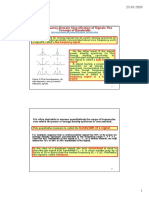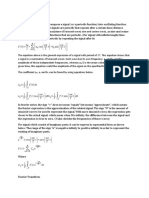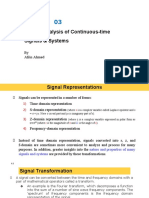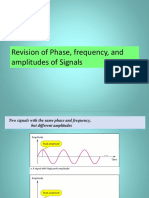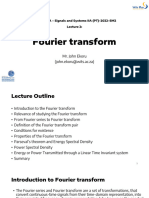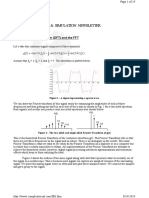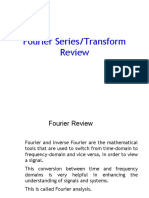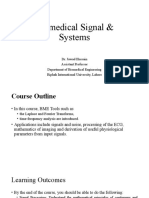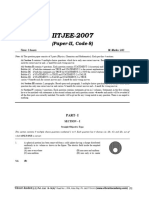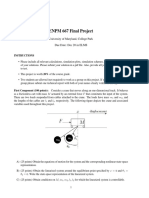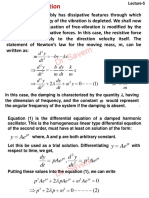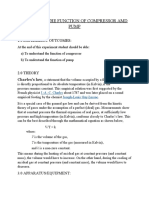0% found this document useful (0 votes)
5 views36 pagesLecture 1 Introduction To Signals
Uploaded by
Deep 21 Haloi 2004Copyright
© © All Rights Reserved
We take content rights seriously. If you suspect this is your content, claim it here.
Available Formats
Download as PPTX, PDF, TXT or read online on Scribd
0% found this document useful (0 votes)
5 views36 pagesLecture 1 Introduction To Signals
Uploaded by
Deep 21 Haloi 2004Copyright
© © All Rights Reserved
We take content rights seriously. If you suspect this is your content, claim it here.
Available Formats
Download as PPTX, PDF, TXT or read online on Scribd
/ 36














